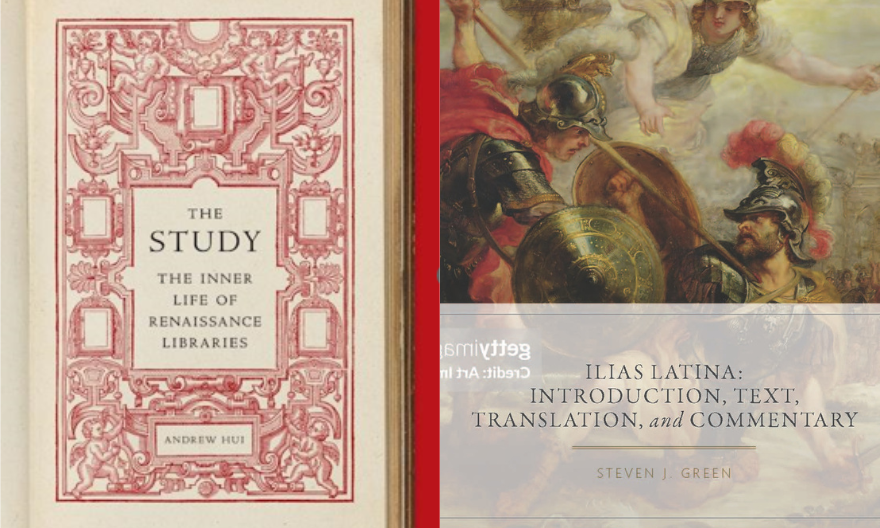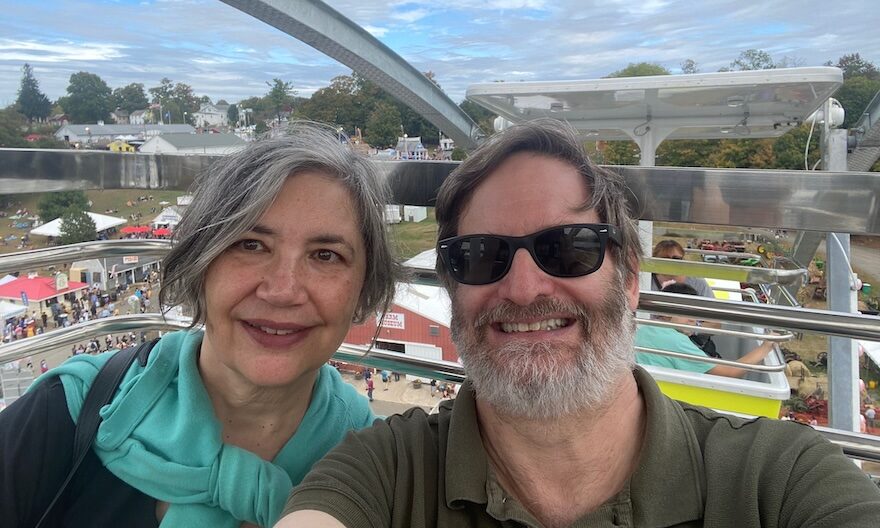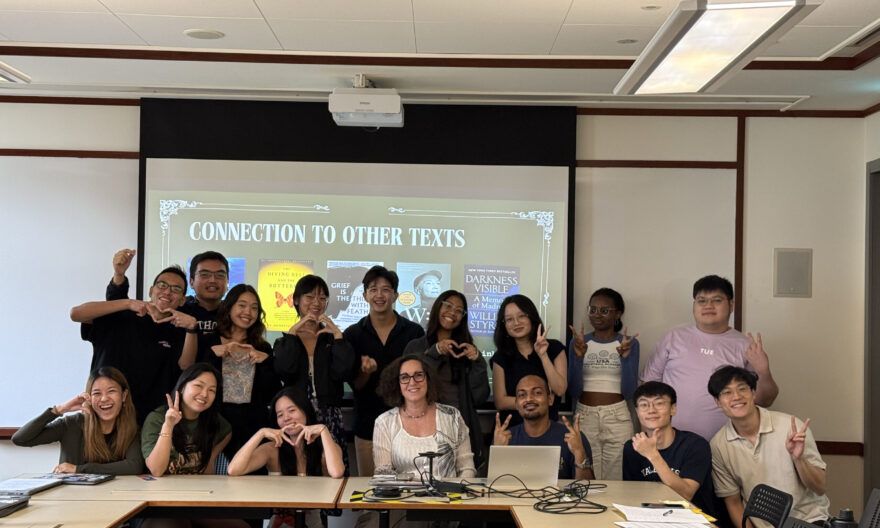Yale-NUS students publish research in marine science journal
Students publish a paper on DNA barcoding of sharks’ fin with guidance from Yale-NUS faculty and staff

A research team comprising 12 Yale-NUS students, Assistant Professor of Science (Marine Biology) Ben Wainwright and Dr Caroline Kibat from the Division of Science have published a paper on DNA barcoding of sharks’ fins in the journal Frontiers of Marine Science . The students – Anastasia Kurniadi, Edward Jun Wei Cheung, Felipe Gabriel Waldeck, Joshua Song Yang Choo, Lynn Drescher, Mariana Quesada Urera, Min Yi Chin, Neel R. O. Karve, Nirel Tze En Hoe, Noel Jin Kiat Heng, Russell Fock Jun Lok, U. Dharshini – have equal and first authorship for the paper.
By collecting 451 sharks’ fin tissue samples from Traditional Chinese Medicine (TCM) stores and local retail markets in Singapore, the students identified 22 shark species in the laboratory, 17 of which are categorised as Threatened (Critically Endangered, Endangered or Vulnerable) under the International Union for Conservation of Nature (IUCN) Red List.
Six of these species are also listed on Appendix II of the Convention on International Trade in Endangered Species of Wild Fauna and Flora (CITES). Taken altogether, the paper, which was published last October, highlighted the continued presence of sharks’ fins from threatened species being sold in Singapore’s local retail markets. It also demonstrated the difficulty of visually identifying species amongst dried fins and points to the importance of enforced regulations to protect wild shark populations.
The paper was the result of a class taught by Asst Prof Wainwright, designed to give students hands-on research experience on a topic that has real conservation value. The students in the class work together to pool their individual work into a much larger project and generate much more data than what would be possible for one individual.
The students were involved in every step of the process – from project design, sample collection, analysis of data, to writing and publication. Lynn Drescher (Class of 2023), one of the student authors, also shared that the study was a highly collaborative process. Lynn described how Asst Prof Wainwright provided ample preparation material and related papers for every class, and guided the students through the biological and chemical processes involved. Students would perform multiple practice experiments in pairs, and develop the laboratory skills required to process the DNA samples of the shark fins over the course of the class.
Students went in groups to randomly selected retail markets in Singapore to acquire samples, with each of them collecting a minimum of 30 dried fins. Subsequently, students spent multiple weeks at the Yale-NUS lab performing the Polymerase chain reaction (PCR) procedure, a technology often used in molecular biology to amplify a segment of the DNA and produce lots of copies of it. Successful PCR results were sent to a professional lab for DNA sequencing, and the returned sequences were distributed among students to identify.
Lynn shared that one of the challenges was that some sequence identifications were “ambiguous”, but students were able to cross-reference the sequences using multiple online gene data sources, such as sequence databases, and use software to aid in sequence sampling. As a result, they were able to identify more than half of the 451 fins collected to their species or genus level.
In addition, the 12 students all had different levels of experience in the lab. In order to overcome this, Lynn shared, “We created an environment in which we supported each other in the learning and sample work process.”
Finally, during the paper writing process, students split into three groups to write the introduction, the methods section and data visualisation, and the discussion of the results. Prior to the paper submission, all students cross-read and edited each others’ work.
Lynn shared that the chance to go through the whole process of collecting samples and writing a paper was an invaluable glimpse into the day-to-day work of scientists in the field.
“After seeing our results, it is scary to remember how impossible it was to differentiate the unlabelled fins at the market. For me, seeing them so readily available really highlighted the importance of allocating more resources towards enforcing regulations on a systemic level.”
Asst Prof Wainwright noted regarding the students’ involvement in the publication of the paper, “This approach really introduces students to science, the methods used in molecular labs and modern conservation genetics – it is about as experiential learning as experiential learning can get, and it gives many their first experience with real peer review and all the nuances or pitfalls associated with this process!”




